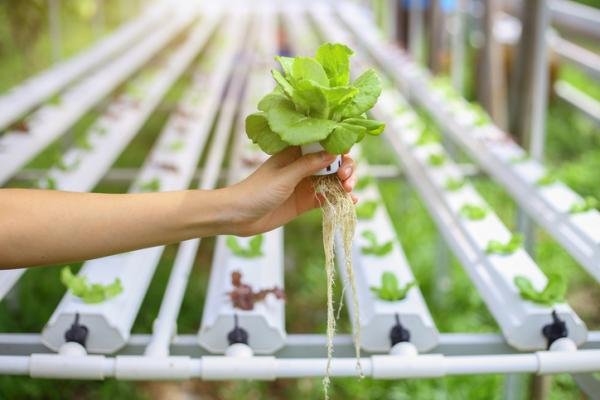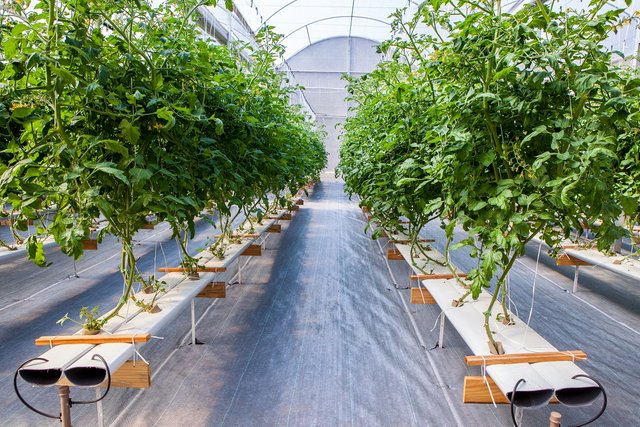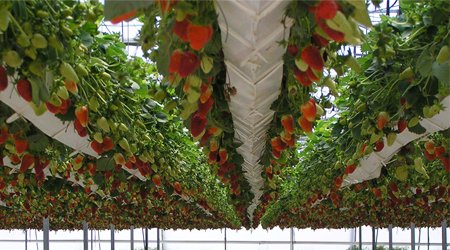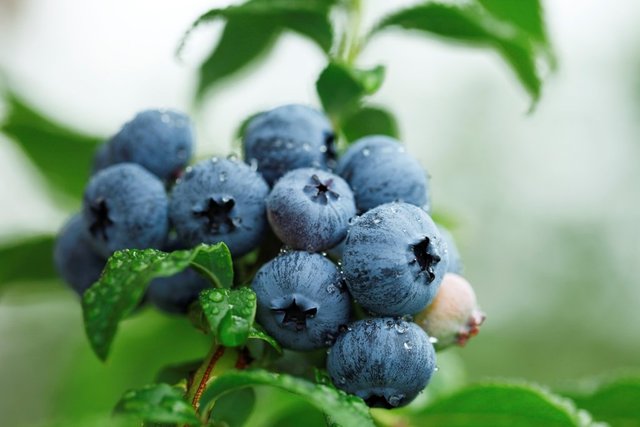Which fruits of better quality are produced in hydroponics?
Hydroponics is a method that allows to grow in any space, have greater control over the nutrients that plants need, reduce production costs and strengthen the family economy.
Cultivating with this technique helps to increase social relationships as it promotes teamwork, it is also a recreational activity that brings people closer to the environment and helps to better understand their environment.
Through hydroponics it is possible to grow different vegetables and aromatic plants; some examples of vegetables are: Chard, artichokes, garlic, eggplant, beets, broccoli, pumpkins, onions, peas, cabbages, cauliflowers, green beans, tomatoes, cucumbers, radishes, tomatoes, carrots, all varieties of lettuce and different types of peppers.

Hydroponics can also produce aromatic or medicinal plants such as: basil, wormwood, anise, coriander, dill, mint, fennel, ginger, lavender, chamomile, marjoram, oregano, parsley, rosemary, thyme and valerian, which are another option to grow at home and a natural alternative to reduce the effects of different body conditions.
The products cultivated by hydroponics provide different benefits to those who consume them, since they are healthier and contain more nutrients than traditionally grown foods; They are also an ideal option to have a balanced diet. It should be mentioned that crops with high quality standards can be obtained, with better flavor and in less time.

There are always advantages of fruits that are given with greater qualification because it is not for less that the red fruits are the most indicated to serve as a lot of benefits for the grower and his production.
Hydroponics systems for the cultivation of red fruits offer farmers numerous advantages over traditional cultivation. Hydroponics can meet the demand for horticultural products at any time of the year and is especially recommended for the cultivation of cranberry. In this sense, the hydroponic cultivation of cranberry responds to the demands of farmers, since it provides quality plants in a short time with a great increase in productivity.

In the specific case of cranberry, due to its needs for slightly acidic soil, hydroponic techniques are especially appropriate. In this case the best results are obtained with mixtures of peat, coco and perlite.
The advantage of growing cranberry in a hydroponic system is that the container allows to reduce the planting frame, since the plant develops independently with a suitable substrate, without depending on soil fertility. With this system, production is doubled per unit area. Another advantage of the hydroponic culture is that the container is designed for optimum drainage, a fundamental characteristic for cranberry that is especially sensitive to excess moisture.

Reference images: